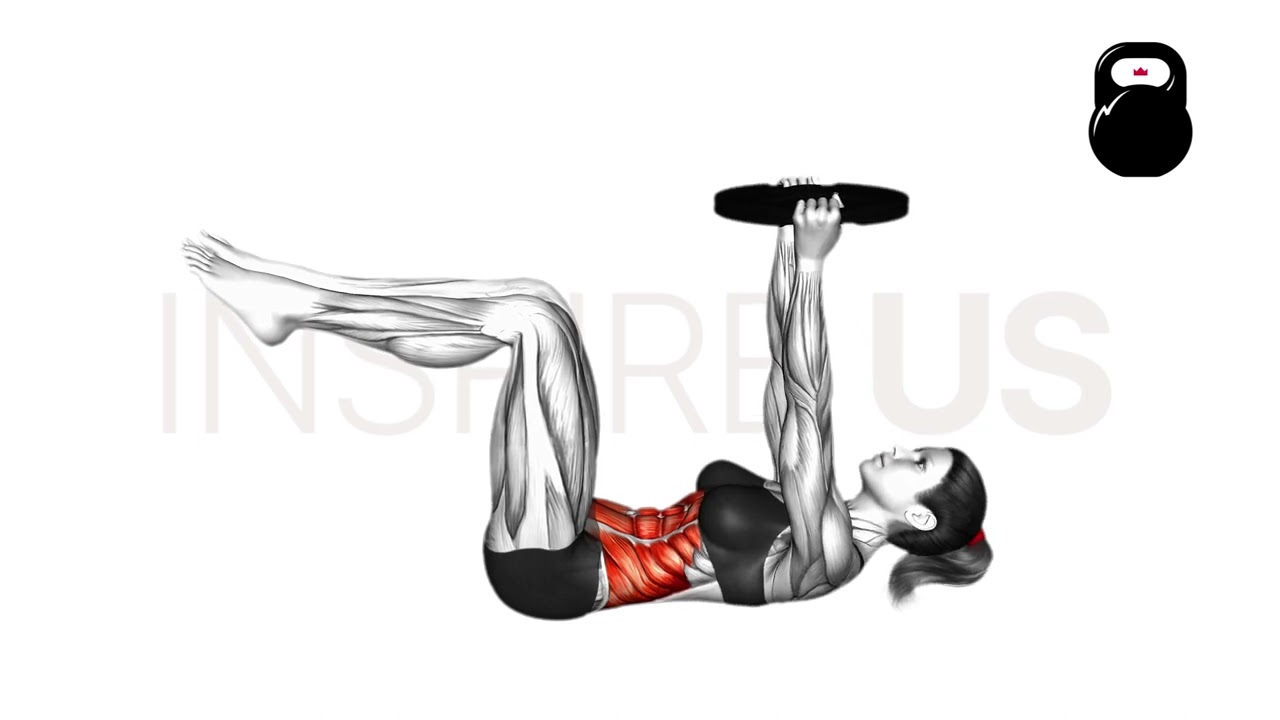Weighted Knee Crunches: Muscles Worked and More
Once the conventional crunch is no longer sufficient a challenge, many lifters will opt to further drive their progression through the use of additional weight.
Adding further resistance turns the movement into a “weighted” crunch - or what is otherwise referred to as a weighted knee crunch.
Weighted knee crunches are excellent for building core strength, improving overall trunk stability and truly challenging your core muscles. To learn more about how to perform them, continue reading.
What are Weighted Knee Crunches?
Weighted knee crunches are a free weight isolation exercise meant to target the abdominals and obliques through high volume sets.
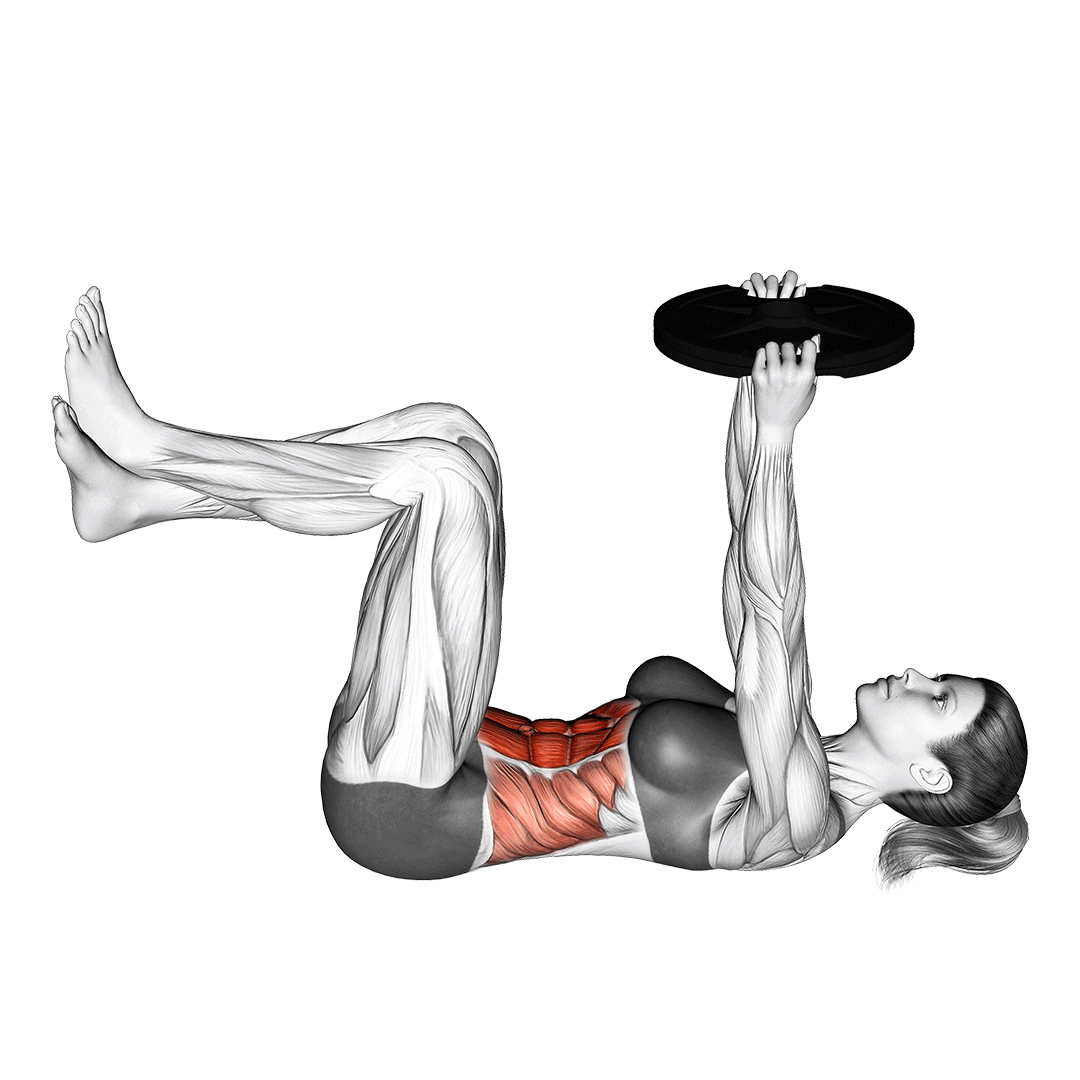
Due to their nature as an isolation exercise, weighted knee crunches are most often performed as an accessory movement near the end of a workout session. Avoid performing them prior to heavy compound movements, as this can lead to injury or poor performance.
Although a dumbbell or weight plate is the most convenient form of equipment to use for crunches, some lifters prefer medicine balls, kettlebells or even one end of a resistance band - although the latter is its own separate exercise known as banded crunches.
How to do Weighted Knee Crunches
To perform a repetition of weighted knee crunches, the lifter will first lie on their back with their knees drawn upwards, their choice of weighted equipment held over the chest in both hands.
Extending the weights over the chest, the lifter then squeezes their entire core and reaches towards their knees with the weighted object, keeping the lower back flat against the ground as they do so.
Once the abs are fully contracted and the upper back is raised off the floor (lower back still flat on the ground), the lifter will slowly lower their torso back downwards as they release tension in their abs.
When the back is flat against the ground once more, the repetition is considered to be complete.
What Muscles are Worked by Weighted Knee Crunches?
Weighted knee crunches are an isolation exercise, meaning that they technically target only one muscle group - that, of course, being the core muscles.
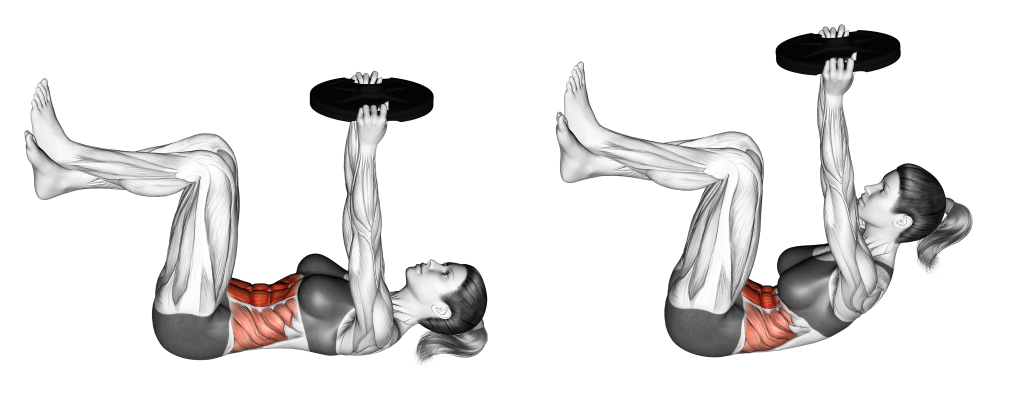
In particular, the rectus abdominis or “six-pack” and the transverse abdominis are worked to the greatest extent. However, as part of the anterior core muscles, the obliques will also be targeted as well.
Common Weighted Knee Crunch Mistakes to Avoid
In order to avoid any injury, ensure your weighted knee crunch is performed without the following common mistakes.
Raising the Lower Back Off the Floor
The biggest mistake to avoid during a repetition of the crunch is raising the lower back off the floor.
Although the upper back is indeed meant to be raised up to an incline angle, the lower back following suit could be a sign that an excessive range of motion is being completed.
Raising the lower back off the ground essentially turns the exercise into a weighted sit-up - of which, as mentioned before, has earned a reputation for causing strain along the lower back and spine.
At the start of the weighted knee crunch, the lifter should picture pulling their navel towards their spine and gluing the lower back against the ground. This cue will help properly contract the abdominal muscles while ensuring that no strain on the lower back occurs.
Uneven Crunch
The weighted knee crunch is meant to be a bilateral exercise, targeting both sides of the core in equal measure. However, lifters may occasionally make the mistake of favoring one side over the other - causing a muscular imbalance to develop if left unchecked for an extended period of time.
Aim to raise the chest immediately towards the knees, avoiding listing to one side or the other. Having difficulty doing so may indicate scoliosis, an imbalance of the abdominal muscles or that too much weight is being used.
Placing the Hands Behind the Head
Lifters making use of weighted vests or resistance bands may opt to place their hands behind their head for comfort.
However, this is a mistake, and can lead to greater torsion and pressure on the cervical section of the spine. Instead, aim to keep the neck neutral while also avoiding extending the head forwards as much as possible.
Incorrect Tempo
Like with many other exercises, weighted knee crunches should be performed with a slow and controlled tempo, especially in the eccentric phase where the lifter lowers themselves back down to the floor.
Performing weighted knee crunches in too rapid a manner will not only create a less effective exercise but also generate excess momentum - momentum that can injure the spine or the various muscles of the back.
Alternatives to the Weighted Knee Crunch
If your program calls for an even more intense abs exercise - or if you want to target the lower abs to a greater degree - try the following alternative exercises out.
Decline Weighted Crunches
The weighted knee crunch can be made even more effective by performing it at a decline.
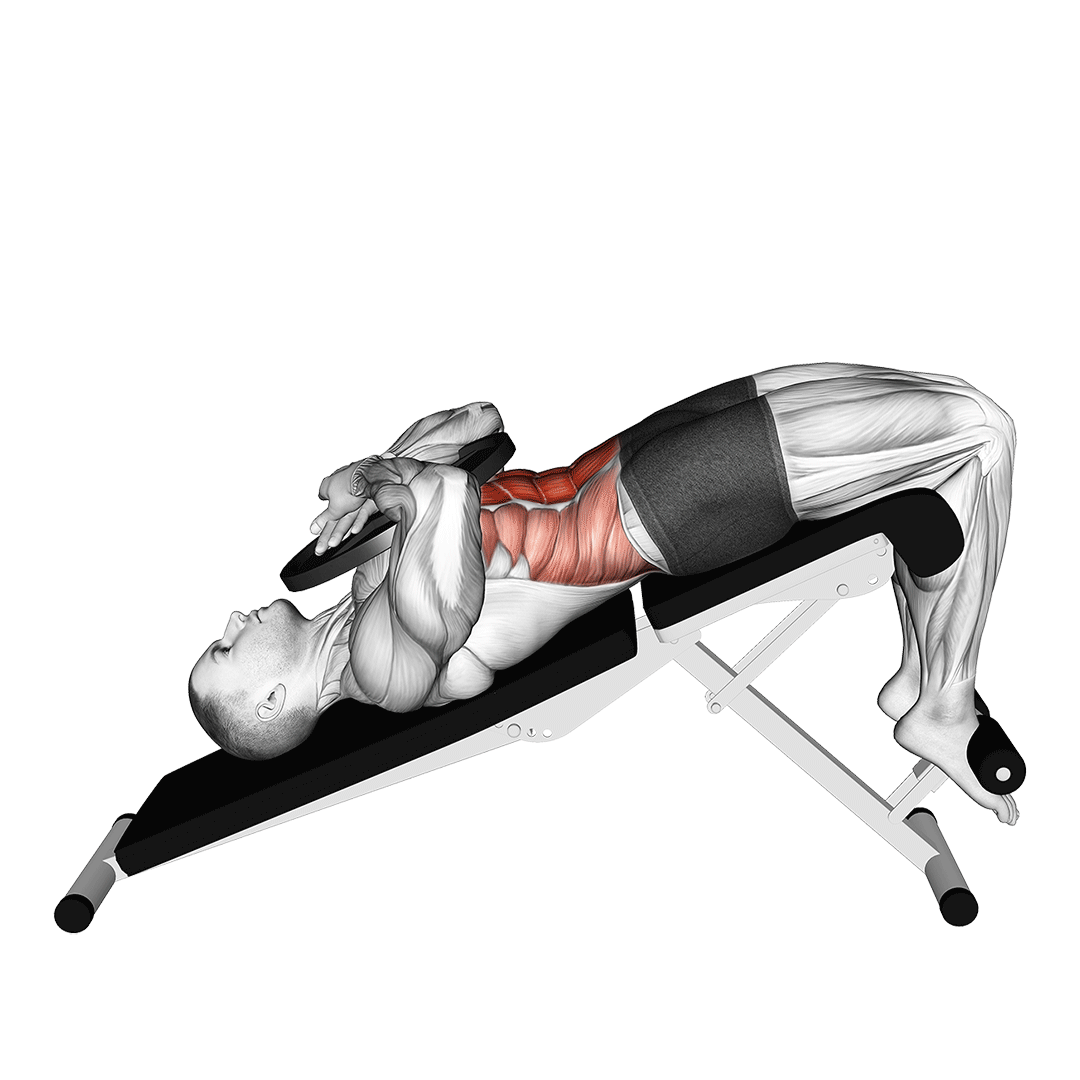
Apart from reducing the risk of injury or cheating, doing so can also maximize range of motion and ensure as much time under tension is placed on the abs as possible.
Of course, performing decline weighted crunches is also considerably more difficult than its flat variation. Ensure you’ve already mastered the latter prior to trying it on a decline bench.
Elbow-to-Knee Crunches
The elbow-to-knee crunch is simply a conventional crunch with the addition of the legs being raised towards the head.
This is done so as to work the core musculature to a more comprehensive capacity, targeting the lower section of the abdominals just as much as the upper section.
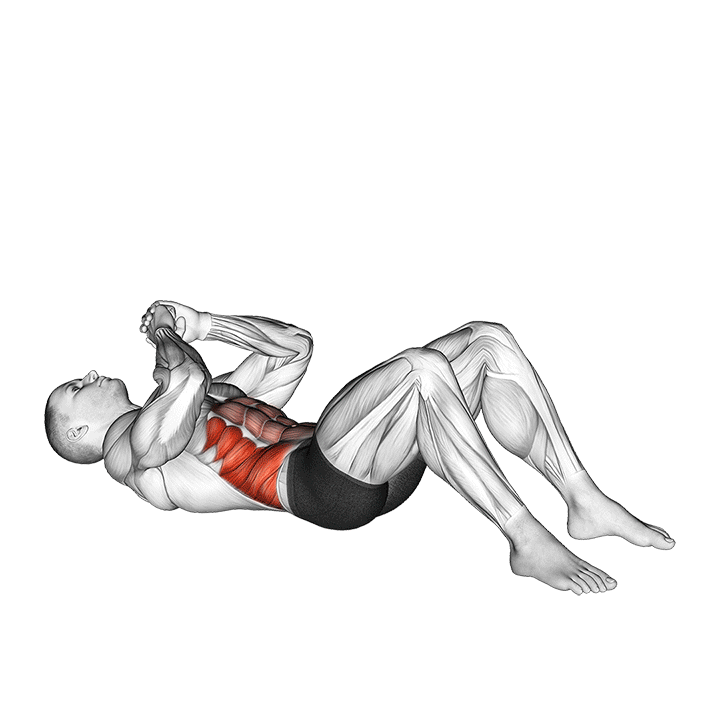
Perform this particular alternative if you find that the standard crunch or weighted crunch isn’t quite hitting your lower abs as much as you would like.
Straight Leg Crunches
Similar to elbow-to-knee crunches, straight leg crunches involve greater recruitment of the lower abdominal muscles as the legs are raised into the air alongside the upper torso.
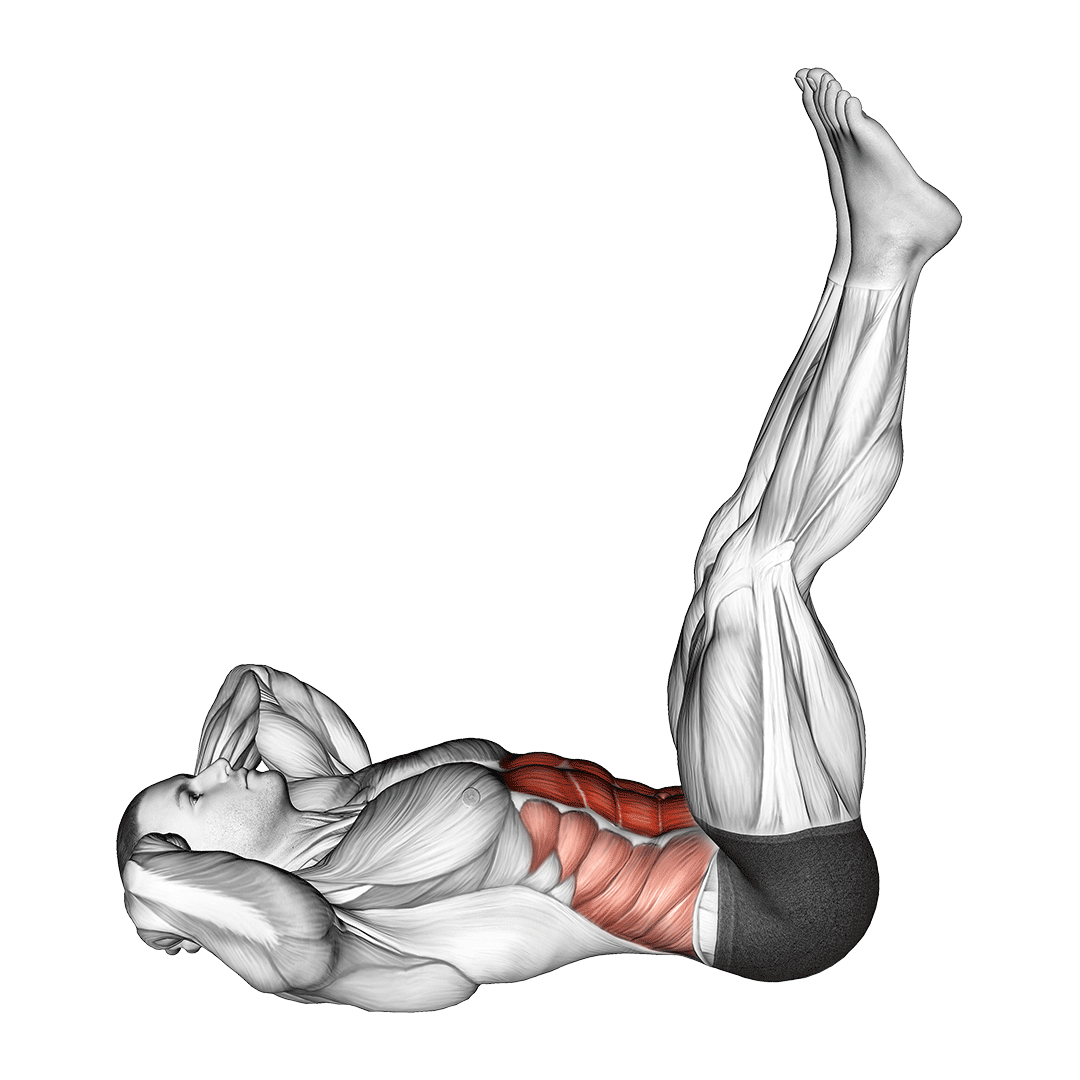
However, rather than keeping the knees bent, the straight leg crunch maximizes tension in the core by keeping the legs fully extended.
This exercise may even be weighted in a similar manner to weighted knee crunches - allowing for an even more intense movement that comprehensively targets the entire anterior core.
Frequently Asked Questions (FAQ)
Are Weighted Crunches Effective?
Yes - weighted crunches are quite effective at strengthening the core when performed correctly. Ensure you are achieving a proper range of motion and performing somewhere between 8-20 repetitions with each set.
What do Weighted Knee Crunches do?
Weighted knee crunches strengthen the core muscles, improve the stability of the entire body and help protect the spine from future injury.
Can You do Weighted Knee Crunches Every Day?
Although the core muscles recover quite quickly from exertion, it is best to avoid performing any sort of resistance exercise on a repetitive daily basis. Doing so can quickly lead to overtraining and injuries as the body will be unable to keep up with the constant strain.
Instead, aim to perform weighted knee crunches up to 4 times a week, with one day of recovery between each workout session.
References
1. Sundstrup E, Jakobsen MD, Andersen CH, Jay K, Andersen LL. Swiss ball abdominal crunch with added elastic resistance is an effective alternative to training machines. Int J Sports Phys Ther. 2012 Aug;7(4):372-80. PMID: 22893857; PMCID: PMC3414069.
2. Escamilla RFLewis CBell D, et al. Core muscle activation during Swiss ball and traditional abdominal exercises. J Orthop Sports Phys Ther 2010. May;40(5):265–76

